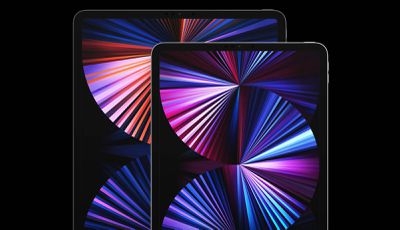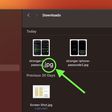Danish audio outfit Bang & Olufsen today announced the Beosound Explore, a rugged, lightweight Bluetooth speaker that's designed for taking on outdoor adventures.

Pitched as the first speaker to use a scratch resistant Type 2 anodized aluminum, the can-shaped unit is IP67 dust and waterproof, weighs 631 grams, is portable (81mm x 124mm) and offers up to 27 hours of playtime on a single charge.
"We created Beosound Explore to be our toughest speaker that can withstand the outdoor elements," says Bang & Olufsen SVP of Product Management Christoffer Poulsen. "The exceptional sound quality for its size makes Beosound Explore the perfect companion for any adventure."
With outdoor use in mind, the Beosound Explore packs dual 1.8-inch full range drivers and delivers 59 decibels of bass, while the grill is cut in 360-degree lines to ensure omnidirectional sound output. Two units can also be used for stereo pairing.
The aluminum shell features a simple user interface on top that's designed to be easy to use with gloves on for colder conditions. The speaker also comes with an aluminum carabiner for attaching to a rucksack on long hikes, and an integrated strap for hanging.

The Bluetooth 5.2 speaker uses USB-C for charging and is certified Made for iPhone (MFi), which means it's passed Apple's compliance and safety tests. Beosound Explore is available in a Black Anthracite, Green or Grey Mist, which B&O says are reminiscent of forests, glaciers and fjords typically found in Scandinavian landscapes.
The Black Anthracite and Green models are available in Bang & Olufsen stores and online from today, while the Grey Mist color will become available in Summer 2021. The speaker retails at $199USD, $299CAD, and £169GBP.


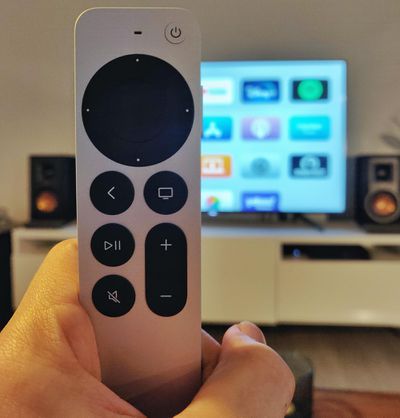
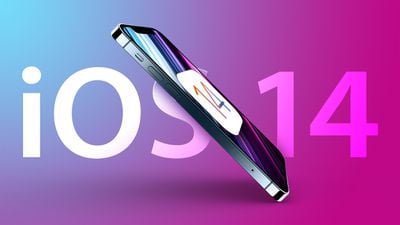
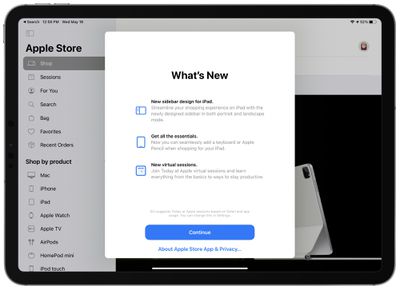
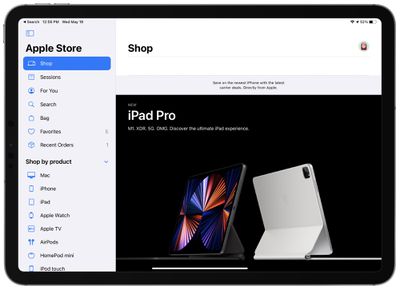
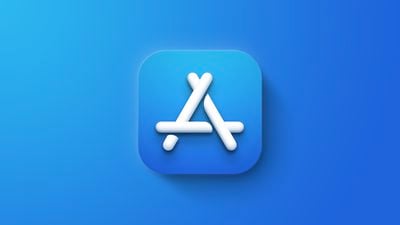
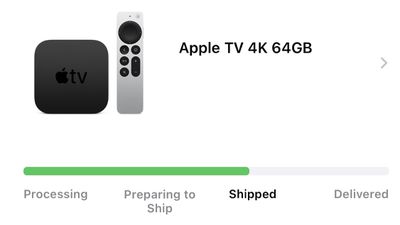

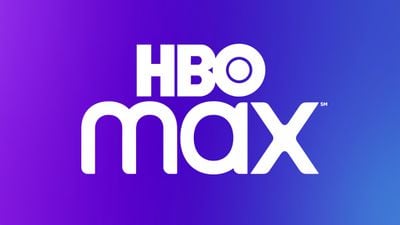
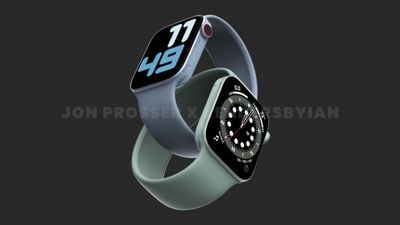
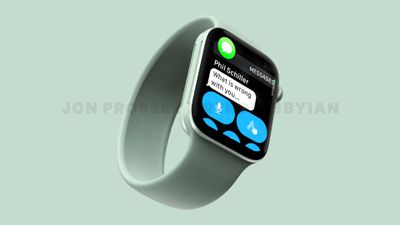
 Note: MacRumors is an affiliate partner with these vendors. When you click a link and make a purchase, we may receive a small payment, which helps us keep the site running.
Note: MacRumors is an affiliate partner with these vendors. When you click a link and make a purchase, we may receive a small payment, which helps us keep the site running.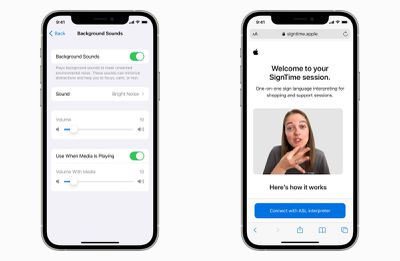

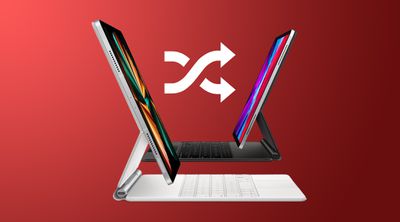
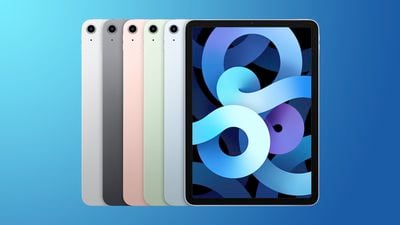 Note: MacRumors is an affiliate partner with some of these vendors. When you click a link and make a purchase, we may receive a small payment, which helps us keep the site running.
Note: MacRumors is an affiliate partner with some of these vendors. When you click a link and make a purchase, we may receive a small payment, which helps us keep the site running.